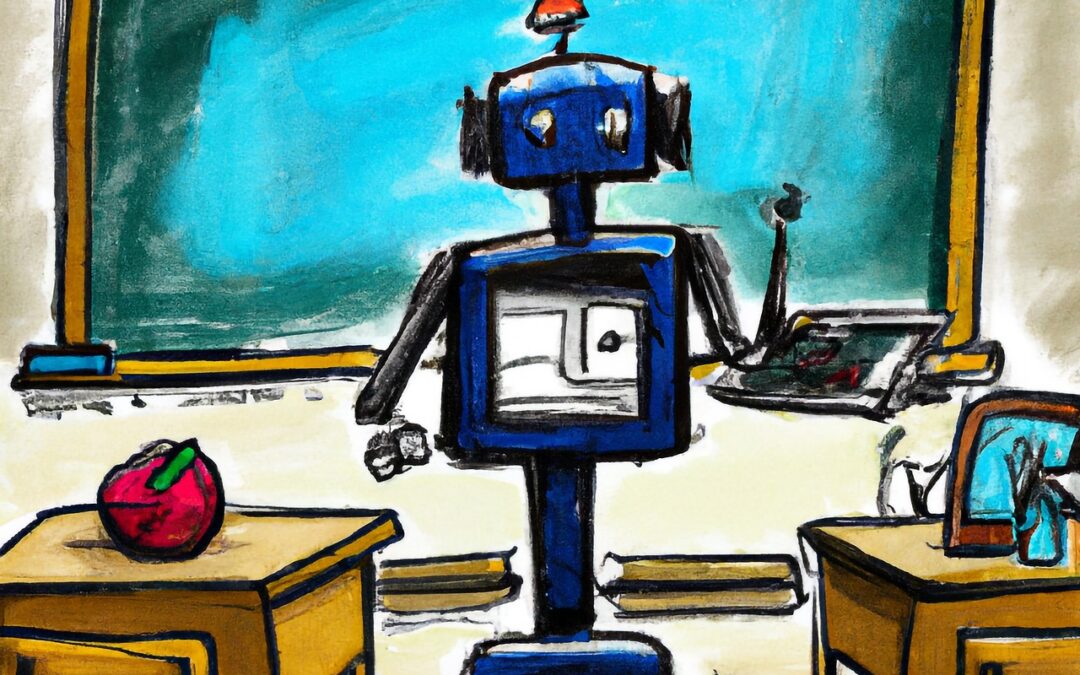In today’s competitive business landscape, building strong client loyalty and retaining customers are crucial for the success of any organization. To address these challenges, the market has introduced “Chatbots for Driving Client Loyalty and Retention.” This innovative product leverages artificial intelligence and machine learning technologies to provide personalized and seamless customer experiences. By automating interactions, handling inquiries, and offering tailored recommendations, these chatbots not only enhance customer satisfaction but also drive long-term loyalty. In this article, we will explore the benefits and effectiveness of utilizing chatbots in cultivating client loyalty and retention.
Overview of Chatbots
1.1 What are chatbots?
Chatbots are computer programs designed to simulate human conversation through artificial intelligence (AI). They use natural language processing (NLP) to understand and respond to user queries and requests. Chatbots can be implemented across various platforms, including websites, messaging apps, and voice assistants.
1.2 Evolution of chatbots
The concept of chatbots dates back to the early days of computer science, but advancements in AI and NLP have revolutionized their capabilities. Initially, chatbots were simple and rule-based, providing basic responses. However, with the integration of machine learning and AI algorithms, modern chatbots have become more sophisticated and capable of understanding context and improving their responses over time.
1.3 Applications of chatbots
Chatbots have found applications in various industries and sectors. They are commonly used for customer service, sales support, lead generation, and marketing automation. Additionally, chatbots are utilized for information retrieval, virtual assistance, and even entertainment purposes.
1.4 Benefits of chatbots in customer service
implementing chatbots in customer service can yield numerous benefits for businesses. Chatbots provide 24/7 availability, instant response times, and consistent interactions. They can handle repetitive queries and tasks, freeing up human agents to focus on more complex issues. Chatbots also have the potential to personalize interactions and enhance customer satisfaction.
Importance of Client Loyalty and Retention
2.1 Understanding client loyalty
Client loyalty refers to the willingness of customers to continue doing business with a particular company or brand. It is a measure of the trust, satisfaction, and preference that customers have towards an organization. Building and maintaining client loyalty is crucial for long-term success and profitability.
2.2 The significance of client loyalty
Client loyalty has a significant impact on business outcomes. Loyal customers are more likely to make repeat purchases, recommend the brand to others, and withstand competitive offers. They contribute to a higher customer lifetime value and result in lower acquisition costs. Moreover, loyal customers provide valuable feedback and insights for improvement.
2.3 Implications of poor client retention
Poor client retention can have detrimental effects on a business. When customers defect to competitors due to dissatisfaction or lack of loyalty, it leads to revenue loss and increased marketing expenses to acquire new customers. Additionally, negative word-of-mouth and online reviews can damage the brand’s reputation, making it harder to attract new clients.
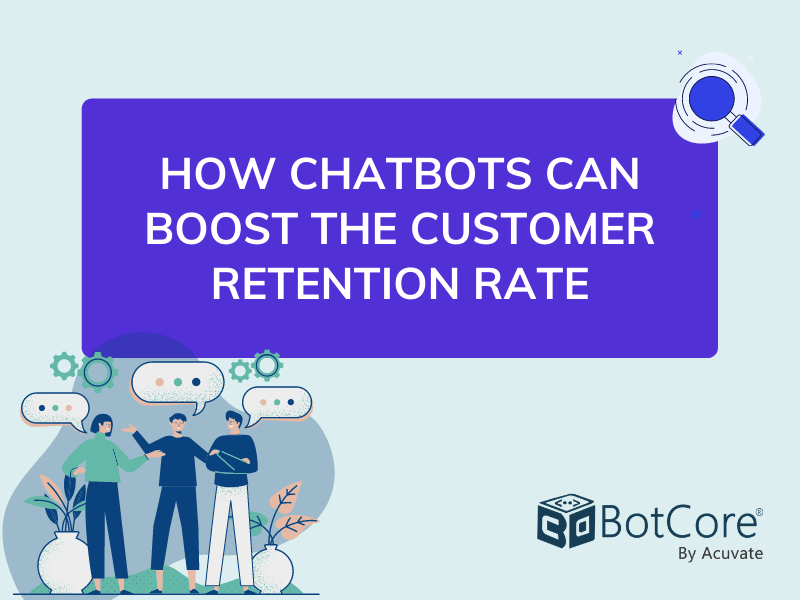
This image is property of botcore.ai.
Role of Chatbots in Customer Service
3.1 Traditional customer service vs. chatbots
Traditional customer service methods rely on human interactions through phone calls, emails, or in-person visits. While these methods have their benefits, they often have limitations such as limited availability, long response times, and inconsistent service quality. In contrast, chatbots offer a more efficient and scalable solution to customer service.
3.2 How chatbots enhance customer service
Chatbots enhance customer service by providing immediate and consistent responses to customer queries. They can handle multiple conversations simultaneously, eliminating the need for customers to wait in long queues. Chatbots also have access to a vast amount of information, enabling them to provide accurate and up-to-date answers.
3.3 Improved response time and availability
One of the key advantages of chatbots is their ability to provide instant responses to customer queries. Unlike human agents who may need time to research or consult colleagues, chatbots can access information quickly and efficiently. Moreover, chatbots are available 24/7, allowing customers to seek assistance at their convenience.
3.4 Personalized and proactive interactions
Chatbots have the potential to deliver personalized customer experiences. By analyzing user data and previous interactions, chatbots can tailor their responses and recommendations to each individual customer’s preferences and needs. Additionally, chatbots can proactively engage with customers by sending notifications, reminders, or personalized offers.
Leveraging Chatbots for Client Loyalty
4.1 Building relationships through chatbots
Chatbots can play a crucial role in building and nurturing relationships with customers. By providing personalized interactions, remembering past conversations, and offering relevant suggestions, chatbots can create a sense of loyalty and trust. Additionally, chatbots can act as virtual assistants, guiding customers through their journey and offering support whenever needed.
4.2 Customizing chatbot experiences
To drive client loyalty, it is essential to customize chatbot experiences based on individual customer preferences. Chatbots can collect and analyze data such as purchase history, browsing behavior, and demographic information to offer personalized recommendations and tailored assistance. By adapting to each customer’s unique needs, chatbots contribute to a more satisfactory experience.
4.3 Gathering and utilizing customer data
Chatbots serve as valuable sources of customer data. By analyzing chat transcripts, user interactions, and feedback, businesses can gain insights into customer preferences, pain points, and behavior patterns. This data can then be utilized to improve products, services, and overall customer experience, resulting in increased client loyalty.
4.4 Using chatbots for feedback and surveys
Chatbots can facilitate the collection of customer feedback and conduct surveys in a more conversational and engaging manner. Instead of traditional survey forms, chatbots can ask questions in a conversational tone, providing a seamless experience for customers. This approach encourages higher response rates and enables businesses to gather valuable insights for improving their offerings.
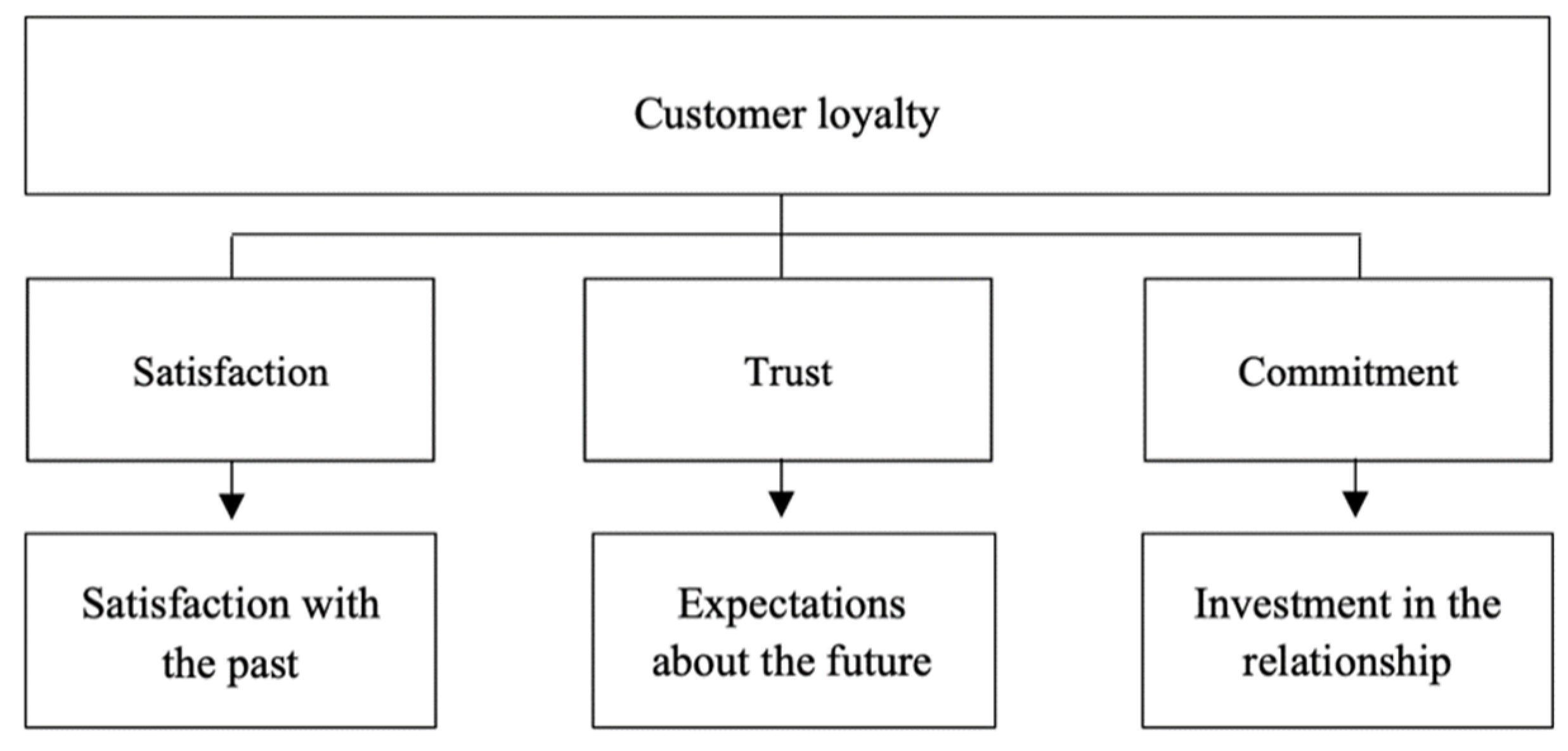
This image is property of pub.mdpi-res.com.
Enhancing Client Retention via Chatbots
5.1 Predictive analytics for retention
Chatbots, combined with predictive analytics, can help identify customers who are at risk of churn. By analyzing historical data, usage patterns, and customer behavior, chatbots can predict the likelihood of a customer leaving. This allows businesses to intervene and take proactive measures to retain those customers by addressing their concerns or offering personalized incentives.
5.2 Personalized recommendations and offers
By leveraging customer data, chatbots can make personalized product recommendations and offers to enhance the customer experience. By analyzing purchase history, preferences, and browsing behavior, chatbots can suggest relevant products or services that align with each customer’s interests. This personal touch can strengthen the customer’s loyalty and increase the likelihood of repeat purchases.
5.3 Proactively addressing customer issues
Chatbots can proactively address customer issues by monitoring key parameters such as product performance, service quality, or shipping delays. By identifying potential issues in real-time, chatbots can reach out to customers, offer solutions, and provide timely updates. This proactive approach not only resolves problems promptly but also demonstrates the business’s commitment to customer satisfaction.
5.4 Utilizing chatbots for loyalty programs
Chatbots can play a pivotal role in managing loyalty programs. They can provide personalized loyalty point updates, offer exclusive rewards, and guide customers through the redemption process. By integrating chatbots into loyalty programs, businesses can enhance the overall customer experience and foster greater engagement and loyalty.
Case Studies: Successful Chatbot Implementations
6.1 Chatbot success in industries like e-commerce
In the e-commerce industry, chatbots have significantly transformed the customer experience. For example, brands like Sephora have implemented chatbots on their websites and messaging apps to provide personalized beauty recommendations, offer tutorials, and assist with product selection. This has not only improved customer satisfaction but also increased sales and client loyalty.
6.2 Examples of effective chatbot strategies
Several companies have successfully implemented chatbot strategies to drive client loyalty. For instance, Spotify’s chatbot recommends personalized playlists based on user preferences, creating a tailored music experience. Another example is Uber’s chatbot, which allows customers to book rides, track their driver’s location, and receive real-time updates, resulting in a seamless and convenient user experience.
6.3 How chatbots contributed to client loyalty and retention
Chatbots have proven to be instrumental in driving client loyalty and retention. By providing instant support, personalization, and proactive engagement, chatbots create a positive customer experience that fosters loyalty. Case studies have shown that businesses that have implemented chatbots have experienced higher customer satisfaction, increased repeat purchases, and improved customer retention rates.

This image is property of assets-global.website-files.com.
Best Practices for Implementing Chatbots
7.1 Designing conversational chatbot interfaces
When implementing chatbots, it is crucial to design conversational interfaces that mimic human interactions. Chatbots should use natural language and have a friendly tone to make customers feel comfortable. Designers should also ensure that chatbots are able to handle various types of queries and prompts effectively.
7.2 Ensuring chatbot accuracy and language processing
To provide accurate responses, chatbots should be trained on relevant data and continuously updated to improve language processing capabilities. Regular quality assurance and testing are necessary to ensure that chatbots understand customer queries and provide accurate and relevant answers. Feedback mechanisms should also be in place to capture user feedback and improve the chatbot’s performance.
7.3 Continuous improvement and updates
Chatbots should not be considered a one-time implementation. They require continuous improvement and updates to keep up with evolving customer needs and business requirements. Monitoring and analyzing chatbot performance, gathering user feedback, and implementing necessary updates are essential for maintaining optimal performance and delivering a satisfactory customer experience.
7.4 Seamless integration with human customer support
While chatbots can automate many customer interactions, they should be seamlessly integrated with human customer support when necessary. Chatbots can handle routine queries and tasks, but for more complex issues or escalated concerns, the chatbot should transfer the conversation to a human agent. This approach ensures a smooth transition and provides customers with the human touch they may require.
Addressing Challenges and Limitations
8.1 Limitations of chatbot technology
Chatbots are not without limitations. They may struggle with understanding complex or ambiguous queries, especially when dealing with colloquial language or slang. Chatbots are also limited by the data they are trained on, and they may not be able to provide accurate responses to certain queries or across all domains. Ongoing advancements in AI and natural language processing aim to address these limitations.
8.2 Overcoming language and cultural barriers
Chatbots need to be trained to understand and respond appropriately to different languages, accents, and cultural nuances. Multilingual chatbots can assist customers from diverse backgrounds, ensuring that language does not become a barrier to customer service. Additionally, chatbots should be equipped to handle cultural sensitivities and adapt their responses accordingly.
8.3 Handling complex customer queries
Despite advancements in AI, chatbots may struggle with complex or intricate customer queries that require human reasoning or empathy. In such cases, it is important to have a seamless transition to human customer support, where trained agents can provide personalized assistance and address the customer’s concerns effectively. balancing automation with human intervention is key in achieving optimal customer support.
8.4 Dealing with privacy and data security concerns
Chatbots interact with customers and collect data that may be sensitive or private. Businesses must ensure that their chatbot platforms comply with data protection regulations and prioritize customer privacy. Security measures such as encryption and secure storage of data should be implemented to safeguard customer information and minimize the risk of data breaches.
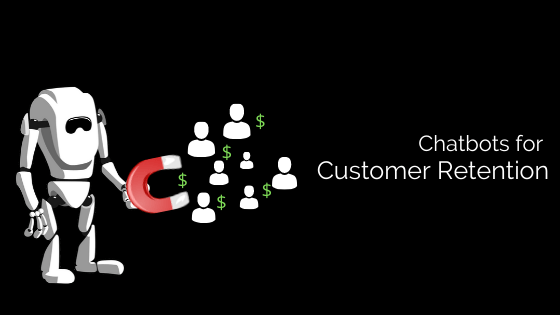
This image is property of global-uploads.webflow.com.
Future Outlook: Advancements in Chatbot Technology
9.1 Artificial intelligence and machine learning
The future of chatbots lies in advancements in artificial intelligence and machine learning. With continued research and development, chatbots will become even more intelligent and capable of understanding user intent, context, and emotions. AI algorithms will enable chatbots to learn and improve over time, resulting in more personalized and engaging interactions.
9.2 Chatbots in voice-based interactions
Voice assistants such as Amazon’s Alexa and Apple’s Siri have gained popularity in recent years. Integrating chatbot technology with voice-based interactions holds immense potential for customer service. Chatbots equipped with voice recognition and natural language processing can understand and respond to spoken queries, providing a hands-free and convenient customer experience.
9.3 Integration with augmented reality and virtual reality
Advancements in augmented reality (AR) and virtual reality (VR) present opportunities for chatbots to enhance customer interactions. Chatbots can guide users through AR or VR experiences, provide real-time information, or assist with product visualization. This integration offers a more immersive and interactive experience, strengthening customer engagement and loyalty.
9.4 Chatbot potential in multi-channel customer support
With customers interacting through various channels such as websites, mobile apps, social media, and messaging platforms, chatbots have the potential to provide consistent and seamless support across all these channels. By integrating chatbots into a multi-channel strategy, businesses can ensure a unified customer experience and drive client loyalty.
Conclusion
Chatbots have emerged as powerful tools for driving client loyalty and retention. By providing efficient, personalized, and proactive customer service, chatbots enhance the overall customer experience. Through their ability to gather and analyze customer data, chatbots enable businesses to tailor their offerings and build stronger relationships with their customers. While chatbot technology still has its limitations, ongoing advancements and future innovations will undoubtedly enhance their capabilities, opening doors to even greater possibilities in customer service. Embracing chatbots as valuable assets in customer service strategies can lead to improved client loyalty, increased retention rates, and ultimately, business success.
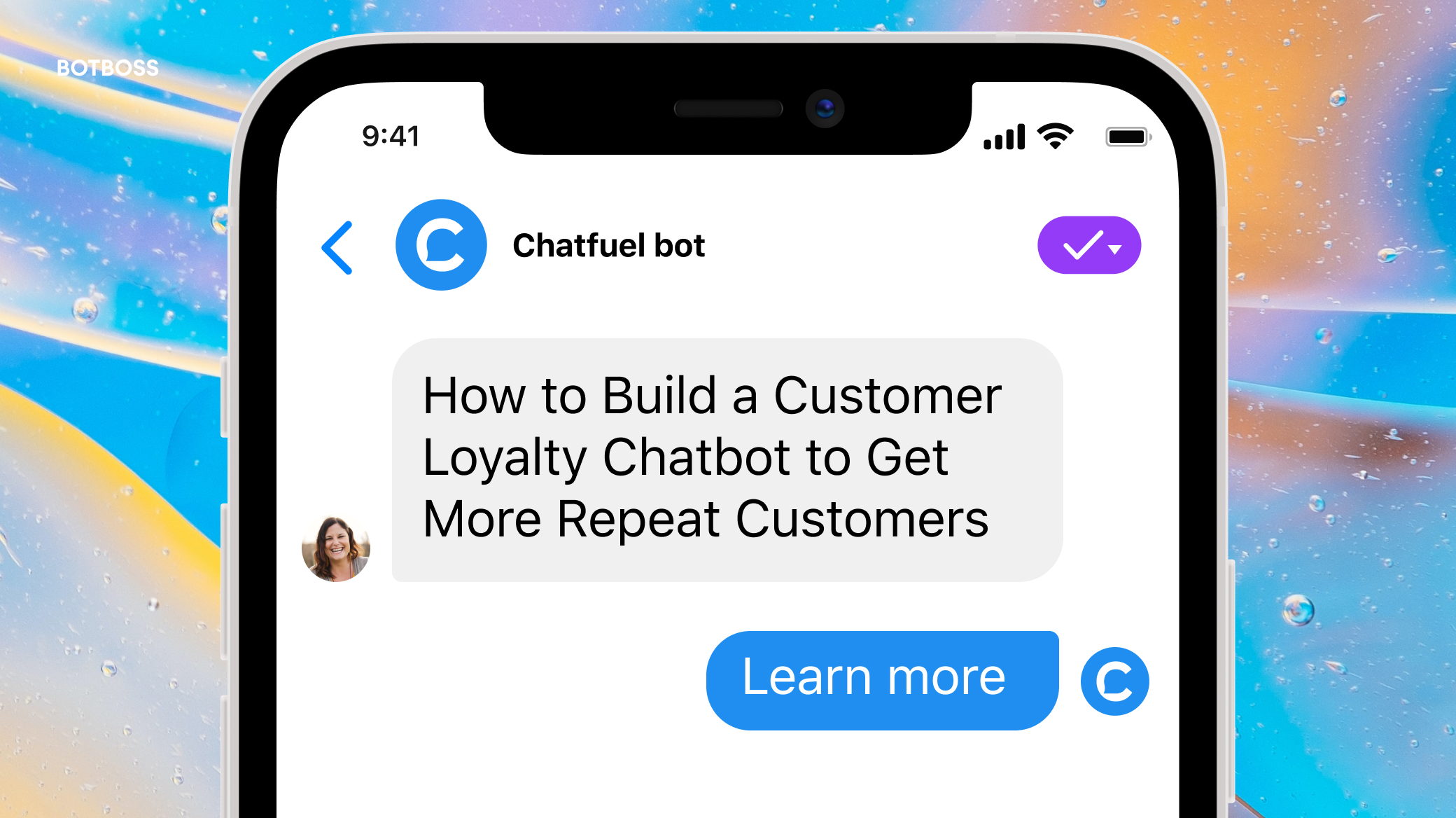
This image is property of chatfuel.com.

